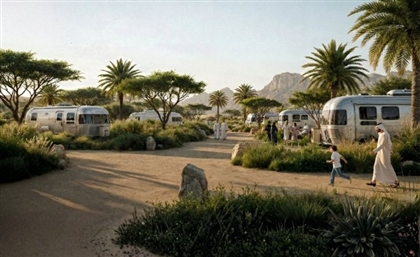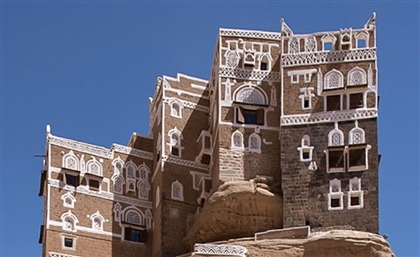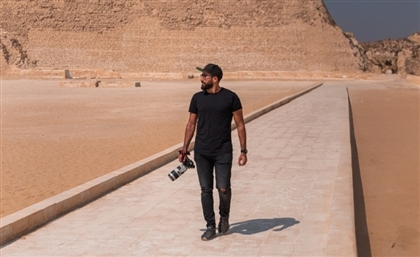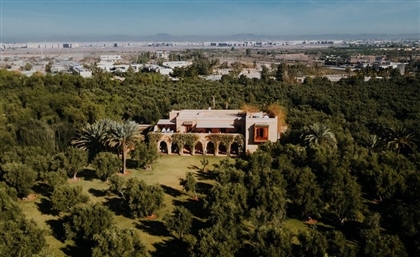The Oldest Mosques Across the Middle East & North Africa
From the grandeur of Makkah, Saudi Arabia to the serenity of Kairouan, Tunisia, each mosque tells a unique story of faith.
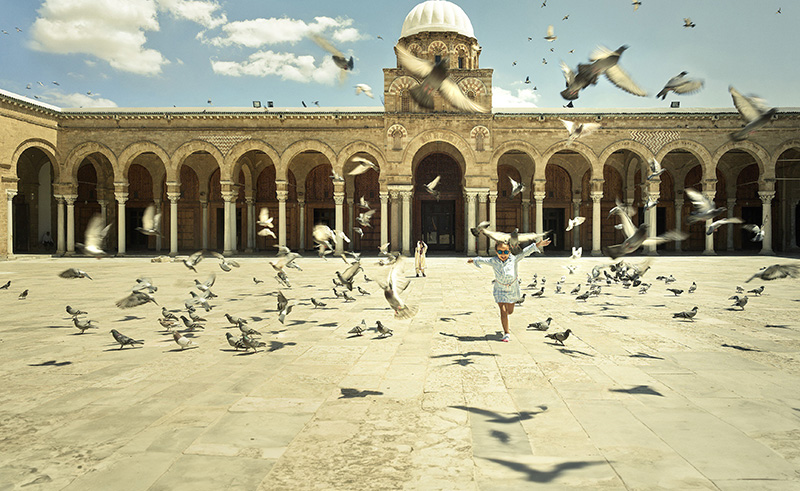
Ancient history and timeless beauty converge in the form of the Middle East and North Africa’s oldest mosques. Throughout the centuries, these hallowed structures bore witness to the evolution of Islamic art, culture and architecture. From the grandeur of Masjid al-Haram, encircling the revered Kaaba in Makkah, to the serene ambiance of the Great Mosque of Kairouan in Tunisia, each mosque tells a unique story of faith, devotion, and architectural prowess.
Masjid al-Haram, 7th Century | Makkah, Saudi Arabia
The holiest site in Islam, Masjid al-Haram is the epicentre of the annual Hajj pilgrimage, drawing millions of Muslims from around the world. Over the centuries, it has been expanded and renovated, with the structure now featuring the symbolic Black Stone.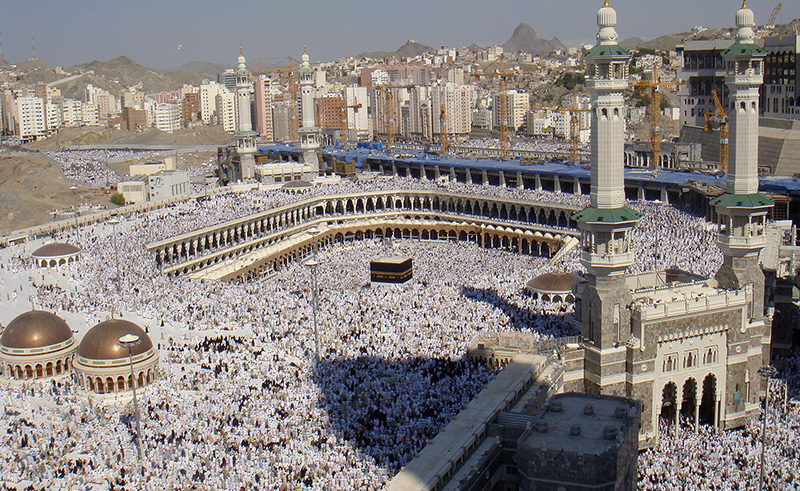 Quba Mosque, 7th Century | Madinah, Saudi Arabia
Quba Mosque, 7th Century | Madinah, Saudi Arabia
Considered to be the first mosque in Islamic history, Quba Mosque was constructed almost a year after the Prophet’s migration to Madinah, and was built on the spot where his first resting stop was made. Located on the outskirts of Madinah, it can now accommodate over 20,000 worshipers, making it among the world’s largest mosques.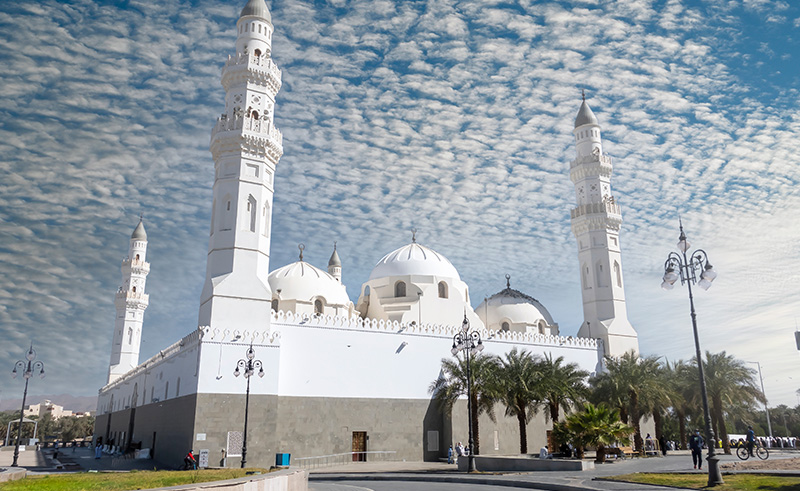 Al-Masjid an-Nabawi, 7th Century | Madinah, Saudi Arabia
Al-Masjid an-Nabawi, 7th Century | Madinah, Saudi Arabia
Known for its green dome, which hovers over the final resting place of the Prophet, the Prophet’s Mosque is the second of the two holy mosques. If you’ve never been, you’ve probably seen videos of its innovative outdoor shading system which features biomimicry in its design.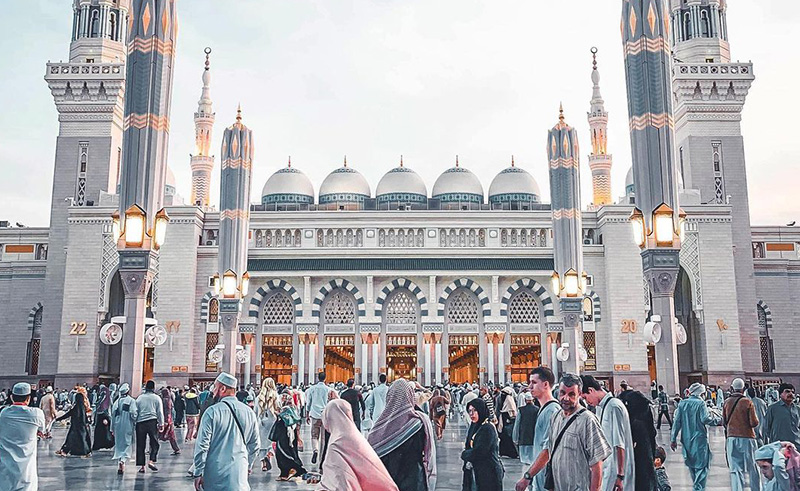 Masjid al-Qiblatain, 7th Century | Madinah, Saudi Arabia
Masjid al-Qiblatain, 7th Century | Madinah, Saudi Arabia
A living testament to a pivotal moment in Islamic history, this mosque is known for its two mihrabs, which marked the change in Qibla direction from Jerusalem to Makkah.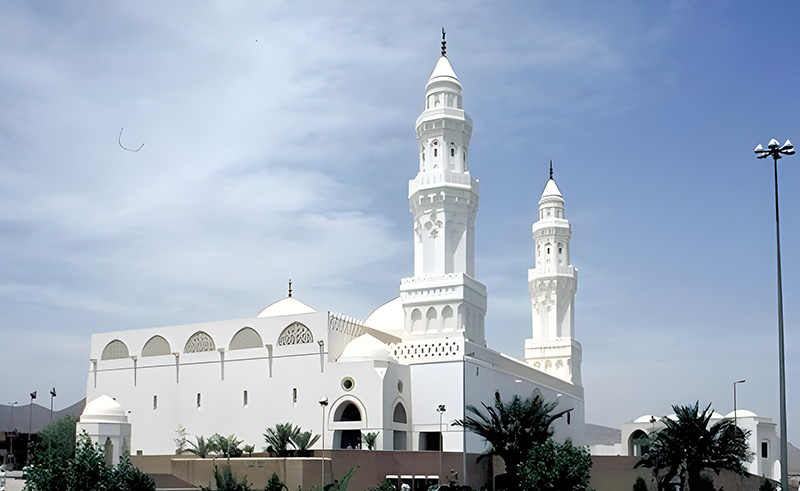 Al-Aqsa Mosque, 7th Century | Jerusalem
Al-Aqsa Mosque, 7th Century | Jerusalem
The foundation of the greater Al-Aqsa complex, the 7th century mosque is one of Islam’s holiest sites, holding great historical and religious importance. It’s where one of the Prophet’s earliest miracles took place.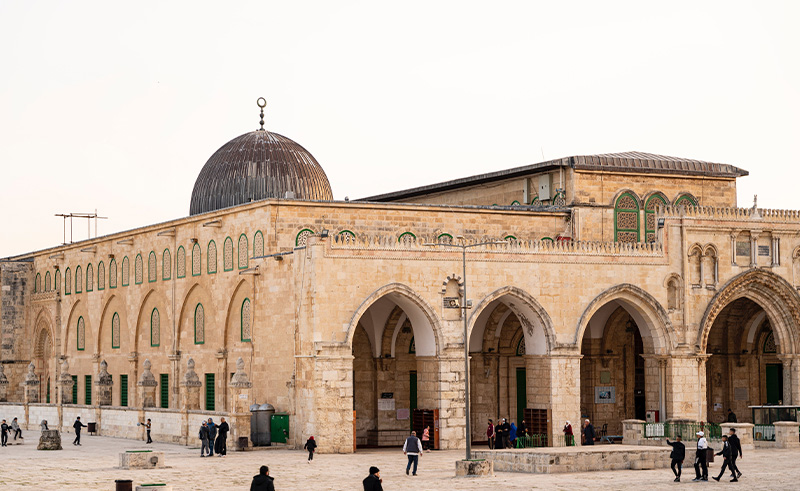 Amr ibn al-As Mosque, 7th Century | Cairo, Egypt
Amr ibn al-As Mosque, 7th Century | Cairo, Egypt
The oldest surviving mosque in Egypt and Africa, Amr ibn al-As Mosque was built by one of the first companions of the Prophet Muhammed, Amr ibn al-As. After conquering Egypt and founding its first Islamic capital, Fustat, he ordered the founding of the eponymous mosque. It was the new capital’s very first building.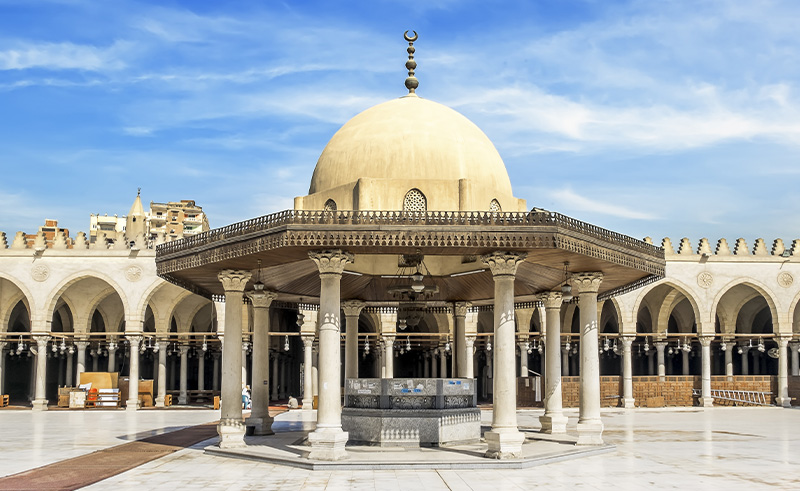 Great Mosque of Kufa, 7th Century | Kufa, Iraq
Great Mosque of Kufa, 7th Century | Kufa, Iraq
Standing as a symbol of early Islamic architecture, this historic mosque was built during the Caliphate of Imam Ali ibn Abi Talib and has undergone several changes over the years, yet its design still reflects architectural innovations of its time. When it was first built, it featured a roofed colonnade and reused columns from former churches in the Lakhmid capital. Umayyad Mosque, 8th Century | Damascus, Syria
Umayyad Mosque, 8th Century | Damascus, Syria
Also known as the Great Mosque of Damascus, the Umayyad Mosque is one of the largest mosques in the world and an emblem of Umayyad architecture. Its vast courtyard is adorned with intricate mosaics. At one point, it originally had the largest area of gold mosaics in the world, covering approximately 4,000 square metres depicting landscapes.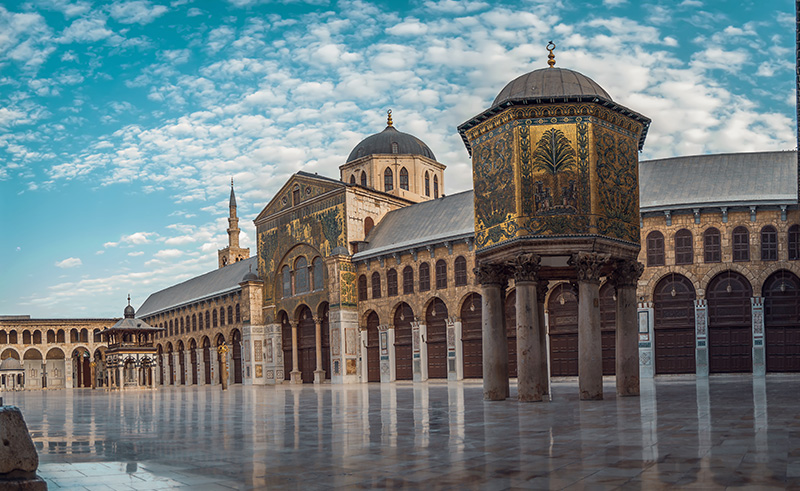 Great Mosque of Kairouan, 8th Century | Kairouan, Tunisia
Great Mosque of Kairouan, 8th Century | Kairouan, Tunisia
One of the very first examples of a hypostyle mosque, the Great Mosque of Kairouan, also known as the Mosque of Uqba, reflects the influences of pre-Islamic and eastern art and motifs in the architecture of Islamic North Africa. The UNESCO World Heritage site features intricate stucco decorations and an open courtyard that reflects the tranquillity of early Islamic architecture.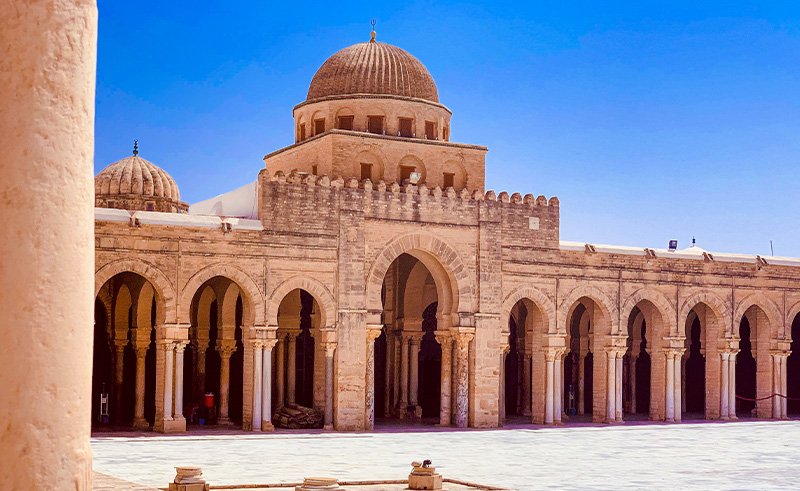 Al-Zaytuna Mosque, 8th Century | Tunis, Tunisia
Al-Zaytuna Mosque, 8th Century | Tunis, Tunisia
Located in the heart of Tunis, this mosque stands today as a beacon of Tunisia’s rich heritage. With a layout similar to that of Kairouan, it’s believed to be built using ancient materials from the ruins of Carthage. Entering the mosque, a vast courtyard leads to a stone-pillared hall with a roof supported by wooden beams.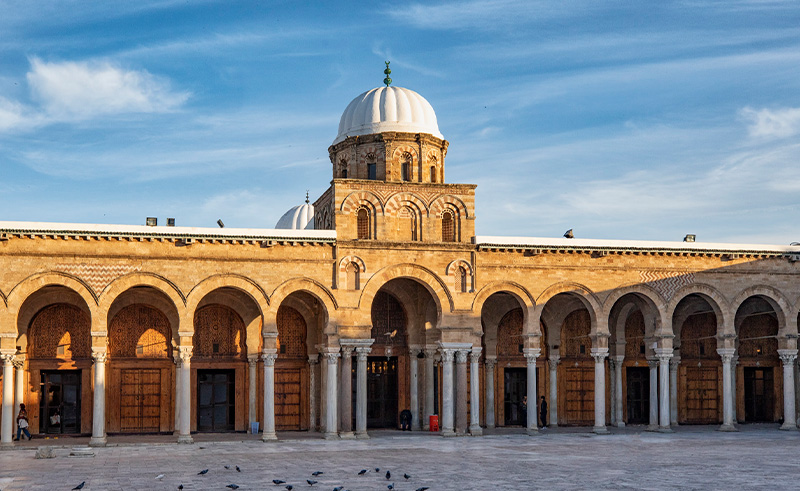 Great Mosque of Sousse, 9th Century | Sousse, Tunisia
Great Mosque of Sousse, 9th Century | Sousse, Tunisia
Ibrahim ibn Al-Aghlab, who was granted authority by Abbasid Caliph Harun al-Rashid, utilised the master builders of the Aghlabid dynasty to construct the Great Mosque of Sousse, giving it a fortified appearance marked by crenellated walls and a distinctive square minaret which today acts a landmark in the Tunisian city.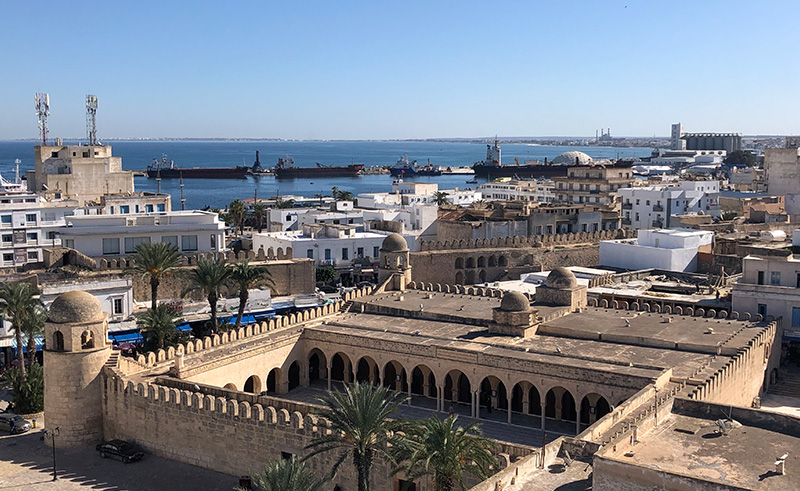 Al-Qarawiyyin Mosque, 9th Century | Fez, Morocco
Al-Qarawiyyin Mosque, 9th Century | Fez, Morocco
Founded by Fatima Al-Fihri, this mosque is one of the oldest educational institutions in the world, hosting one of its most impressive libraries. Fez, generally, was closely associated with Islamic Spain, whether politically, economically or culturally. Therefore, the mosque’s carved stucco, wood and glazed tiles are reminiscent of Alhambra.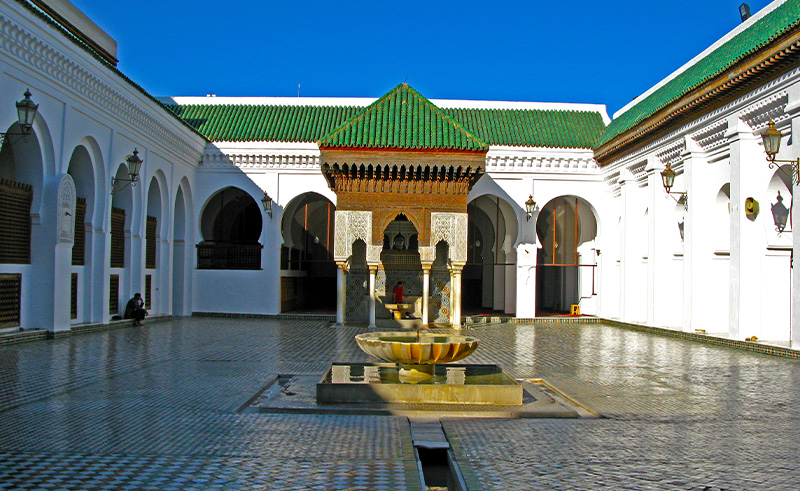 Mosque of Ibn Tulun, 9th Century | Cairo, Egypt
Mosque of Ibn Tulun, 9th Century | Cairo, Egypt
Designed by an Orthodox Christian architect, the same architect behind the Nilometer, the Mosque of Ibn Tulun was constructed with a Samarran style, exemplifying the architectural elegance of the Tulunid period in Cairo. Intricate stucco ornamentation and beautiful calligraphy is present in almost every corner of the mosque. Its spiral minaret inspired an entire school of minaret designs across the Middle East, and still does till this day.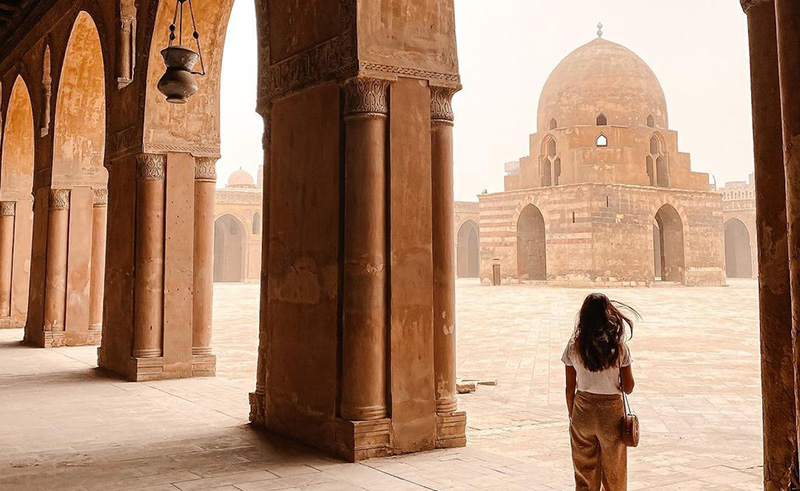 Al-Azhar Mosque, 10th Century | Cairo, Egypt
Al-Azhar Mosque, 10th Century | Cairo, Egypt
Home to one of the oldest universities in the world, Al-Azhar Mosque features a harmonious blend of architectural styles, the result of numerous additions over a thousand years.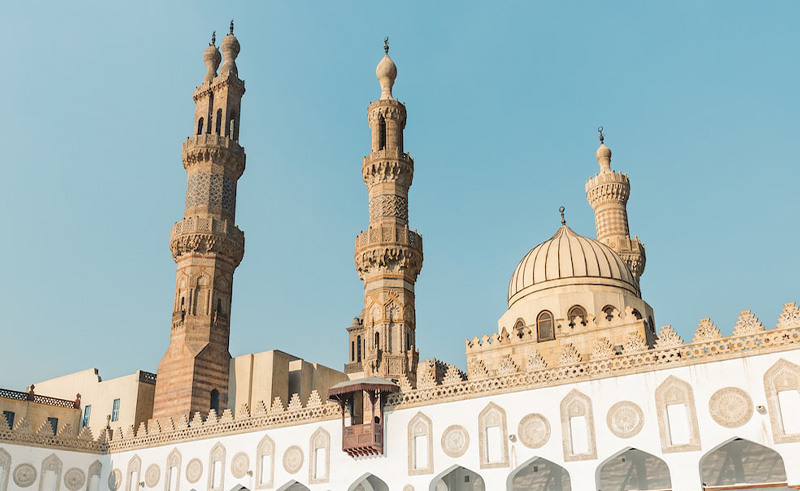 Great Mosque of Tlemcen, 10th Century | Tlemcen, Algeria
Great Mosque of Tlemcen, 10th Century | Tlemcen, Algeria
During French colonial control, this mosque was placed under protection due to its historical significance, making it one of the best preserved oldest mosques in the world. Constructed during the Almoravid dynasty, it features distinctive horseshoe arches and intricate motifs, with the overall design of the mihrab following precedents set by the Great Mosque of Cordoba.
- Previous Article Red Sea Group Unveils Exclusive Island Stay at Thuwal Private Retreat
- Next Article Travel Across History on Egypt's Most Iconic Bridges
Trending This Month
-
Nov 29, 2025





